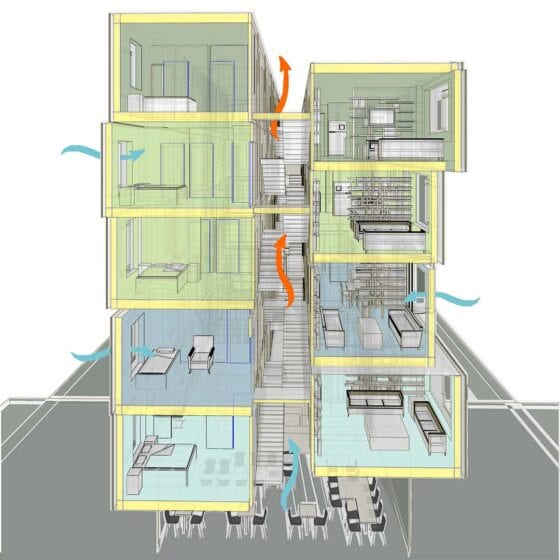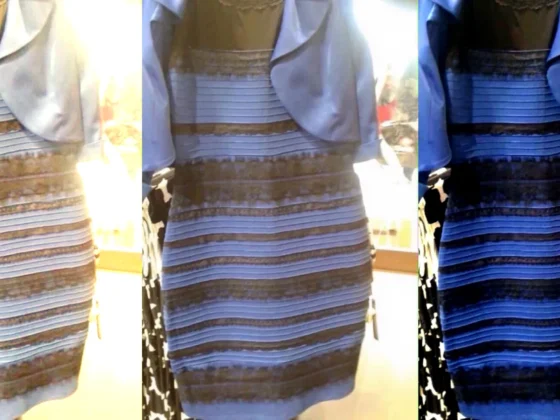
Sustainable Design Strategies
Green design is an idea that most people have heard of, but few understand what it means from on a practical level. Most people when they think of a Green Building think of solar panels, but in reality, there is much more to it.
While onsite renewable energy generation like solar panels and internet connected thermostats should be part of sustainable design, there are less sexy and cost-effective sustainable design strategies that every home should employ. A genuinely sustainable design employs many strategies to achieve their goals.
Orientation
The very first thing any good architect should consider is building orientation. Unfortunately, this is not possible for all projects, especially those in New York City, where the orientation is a feature that merely comes with the site. In situations where there is an opportunity to chose the orientation, you can employ the natural changing angles of the sun to heat the building in the winter and keep it cool in the summer. Also, site-specific features microclimates can be employed to take advantage of prevailing breezes, and natural shading.
Natural Daylighting
The sun is one heck of source of light. On top of being free, sunlight is the most pleasant light and elevates moods. Great architecture employs sunlight in creative ways to fill your house with an abundance of controllable natural light.
Ventilation
Developing passive ventilation strategies keeps energy use down by lowering the need for mechanically assisted ventilation. Strategically placed openings bring fresh air through spaces, meaning that pleasant days outside requires less use of the buildings mechanical systems – lowering your power consumption and electric bill.
Insulation
This is by far and away the most cost-effective sustainable design strategy for both new homes and renovations. There are many good options, depending on the situation from cotton batt insulation made from old blue jeans to high-tech expanding spray foam insulations. The better the insulation, the more you keep your heat in during the winter and out during the summer. Proper insulation can cut energy usage and bills by as much as 50%.
Water Usage
It is straightforward, and code mandated in many jurisdictions, to install water efficient fixtures. These fixtures can cut water usage by upwards of 30% compared to unregulated fixtures with almost no perceivable difference. Recent events on the west coast have shown us how this resource is more scarce that we once thought and that taking necessary measures to cut our water usage is a vital part of any sustainable design.
Generation
There are several energy generating strategies a home can use from solar panels to wind turbines, to geothermal systems. Some jurisdictions, such as counties in California, now require that a certain percentage of the roof be dedicated to solar panels. (CHECK OUT THESE SOLAR ROOF PANELS) This is the most expensive, and therefore likely the last, strategy a sustainable project should look to employ.
It is essential to understand that there is no real definition of ‘Green’ – and many companies, designers, and marketers use that term liberally. When starting a new project, it is crucial to set up sustainability goals to test the project design against those goals. If you are serious about creating a sustainable project, we suggest you learn more about LEED and PassiveHouse.
KDA is dedicated to being responsible designers and stewards of the built world and would be excited to work with you on your next GREEN project!




